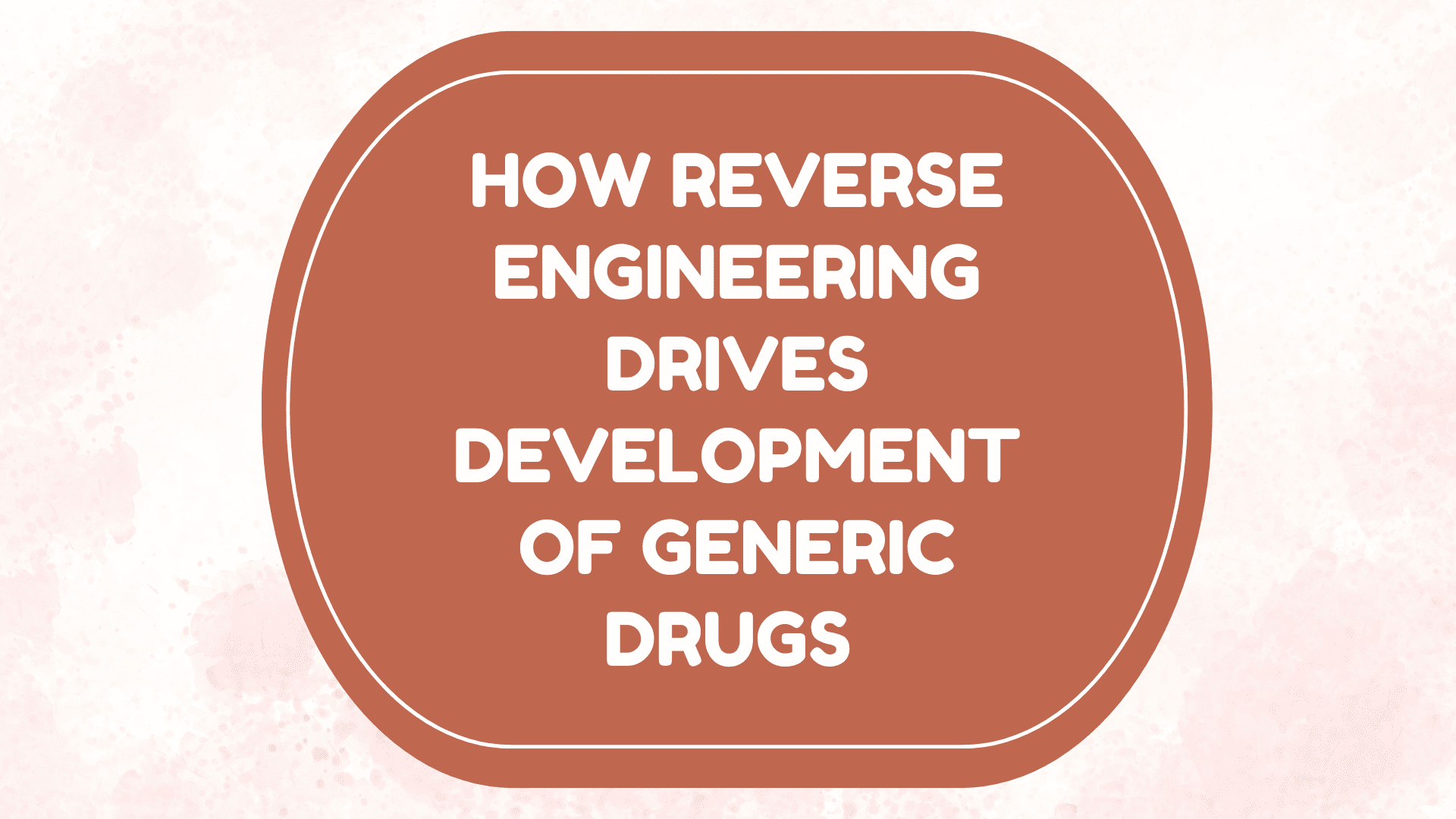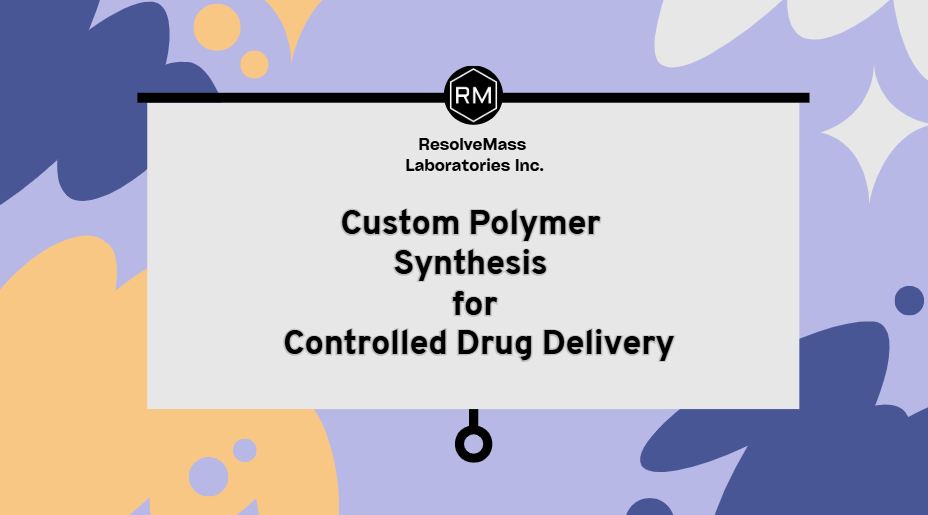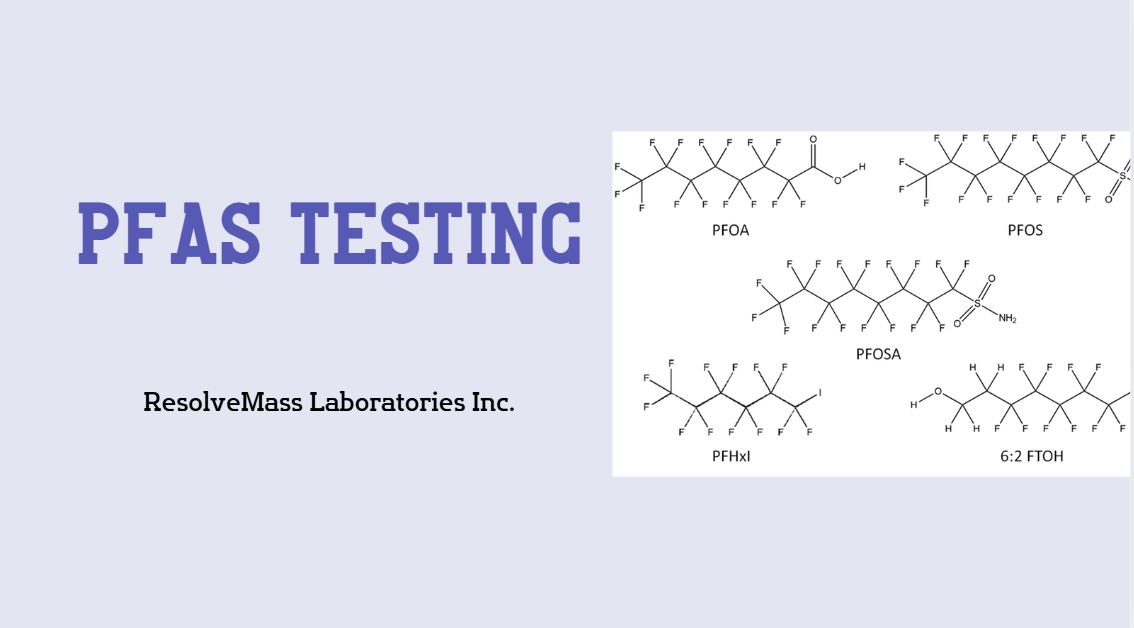Reverse Engineering for Development of Generic Drugs plays a vital role in making safe, affordable, and effective medicines available to people around the world. This scientific process involves carefully studying and breaking down innovator drug formulations to understand their ingredients, structure, and performance. Through this, researchers can create bioequivalent generic versions that match the original product in quality, safety, and effectiveness. By using reverse engineering, pharmaceutical companies can reduce development costs, speed up production, and ensure their products meet strict regulatory standards. It serves as a bridge between scientific innovation and affordable healthcare.
Summary of the Article
- Reverse engineering forms the backbone of developing bioequivalent generic formulations that meet both therapeutic and regulatory standards.
- The process includes deformulation, analytical testing, and comparative evaluation to ensure performance equivalence.
- Regulatory agencies such as the FDA and Health Canada require detailed reverse engineering data for Abbreviated New Drug Application (ANDA) submissions.
- Techniques like LC–MS, NMR, and DSC are crucial in ensuring formulation accuracy and consistency.
- This approach saves research costs and speeds up market availability of affordable generic medicines.
- ResolveMass Laboratories Inc. offers expert analytical and deformulation services for global pharmaceutical companies.
- Applications include solid dosage forms, injectables, biopolymers, and complex delivery systems.
- Ultimately, Reverse Engineering for Development of Generic Drugs ensures safe, effective, and compliant generic products backed by scientific precision.
1. What is Reverse Engineering in Generic Drug Development?
Reverse Engineering for Development of Generic Drugs is the process of analyzing a reference listed drug (RLD) to identify its active ingredients, excipients, manufacturing methods, and physical properties. The aim is to develop a generic formulation that performs exactly like the original medicine in terms of safety and therapeutic effect. This detailed analytical work ensures bioequivalence and quality consistency.
ResolveMass Laboratories Inc. specializes in Reverse Engineering of Pharmaceuticals and Deformulation Analysis Services, using validated analytical methods and advanced instruments to speed up ANDA submissions. Their scientific process delivers precise data that meet regulatory and commercial needs.
2. Core Steps in Reverse Engineering for Development of Generic Drugs
Reverse engineering follows a structured, multi-step analytical approach designed to reproduce the original drug’s quality and performance.
| Step | Objective | Analytical Techniques Used |
|---|---|---|
| Deformulation | Identify excipients and APIs | LC–MS, FTIR, GC–MS |
| Quantitative Analysis | Determine component ratios | HPLC, UV–Vis |
| Functional Characterization | Evaluate physical properties | DSC, XRD, Rheometry |
| Process Replication | Reconstruct manufacturing method | DOE, QbD modeling |
| Performance Testing | Compare bioequivalence | Dissolution profiling, PK studies |
Each of these steps helps scientists understand how the RLD performs, ensuring that the generic version matches all key quality parameters. ResolveMass’s Deformulation and Characterization Services ensure accuracy in identifying ingredients that affect drug stability, performance, and bioavailability.
3. Analytical Techniques in Reverse Engineering of Pharmaceuticals
Advanced analytical tools and skilled expertise are essential for accurate deformulation. Common techniques include:
- Spectroscopic Methods – FTIR, Raman, and NMR for structural identification and molecular fingerprinting.
- Chromatographic Analysis – HPLC and LC–MS/MS for precise quantification of components.
- Thermal & Physical Testing – DSC, TGA, and XRD for assessing polymorphism and stability.
- Microscopic Imaging – SEM and AFM for studying surface morphology and particle size.
These methods help scientists fully understand a formulation’s behavior and replicate it accurately. ResolveMass Laboratories offers specialized Analytical Techniques in Pharmaceutical Reverse Engineering, ensuring each formulation variable is carefully measured and validated.
4. Role of Reverse Engineering in Regulatory Submissions
Regulatory authorities require strong evidence that a generic product matches its RLD in quality and safety. Reverse Engineering for Development of Generic Drugs produces the essential data to prove this equivalence. It supports:
- ANDA documentation and validation.
- Comparative Quality Studies (CQS) for excipient matching.
- Bioequivalence studies through IVIVC (in vitro–in vivo correlation).
- Process reproducibility and manufacturing consistency.
With these datasets, pharmaceutical developers can achieve smooth regulatory approvals. ResolveMass’s Reverse Engineering of RLD Drug Product service helps clients prepare complete analytical packages that fulfill FDA, EMA, and Health Canada requirements.
5. Applications Beyond Solid Dosage Forms
Reverse engineering applies not only to tablets and capsules but also to advanced drug delivery systems such as:
- Injectable Formulations – polymeric, liposomal, and nanoparticle systems.
- Transdermal Patches – for controlled drug release and absorption studies.
- Ophthalmic & Inhalation Products – involving droplet size and sterility analysis.
- Biopolymers and Medical Devices – covered under Polymer Reverse Engineering in Medical Devices and Biopolymer Analysis Services.
ResolveMass Laboratories features Case Studies in Polymer Reverse Engineering, highlighting their proven success in tackling complex drug delivery challenges with scientific confidence.
6. Advantages of Reverse Engineering in Drug Development
The main benefits of Reverse Engineering for Development of Generic Drugs include:
- Lower R&D costs compared to new formulation development.
- Faster market entry through analytical optimization.
- Reduced risks by identifying critical formulation parameters early.
- Continuous compliance with FDA and Health Canada guidelines.
Reverse engineering also improves scalability, supports data-driven decisions, and enhances technology transfer efficiency. Through Reverse Engineering Study in Canada, developers can gain a competitive edge in global markets.
7. Reverse Engineering and Quality-by-Design (QbD) Integration
Reverse engineering provides the scientific data necessary for implementing Quality-by-Design (QbD) strategies. With detailed deformulation studies, companies can:
- Define control limits and design space.
- Identify critical process parameters (CPPs).
- Ensure predictable performance aligned with target product profiles (TPPs).
Integrating QbD with reverse engineering promotes consistent quality, smoother regulatory validation, and stronger lifecycle management for pharmaceutical products.
8. The Role of ResolveMass Laboratories in Generic Drug Development
ResolveMass Laboratories Inc. is a leader in Reverse Engineering for Development of Generic Drugs, providing full deformulation, analytical characterization, and polymer evaluation services. Their highly equipped labs and expert scientists ensure:
- Accurate identification of active and inactive ingredients.
- Ready-to-submit regulatory documentation.
- Proven expertise in Polymer Deformulation Characterization and Deformulation Analysis.
Through innovation and precision, ResolveMass helps pharmaceutical companies turn analytical insights into regulatory success. For collaboration or project inquiries, visit Contact ResolveMass to connect with their scientific team.
Conclusion
Reverse Engineering for Development of Generic Drugs remains a foundation of modern pharmaceutical innovation. It bridges science and accessibility by enabling safe, effective, and affordable medicine production. With the right analytical expertise and regulatory understanding, organizations like ResolveMass Laboratories Inc. continue to empower the global healthcare system through excellence, precision, and compliance.
For expert guidance or custom solutions, visit the Contact Page.
Frequently Asked Questions (FAQs)
The main goal of Reverse Engineering for Development of Generic Drugs is to analyze the composition and process of a branded medicine to create a bioequivalent generic version. This approach helps scientists understand every ingredient, its role, and how it affects drug performance. The end result is a high-quality generic product that matches the original in safety, effectiveness, and patient outcomes.
Yes, reverse engineering is entirely legal when conducted for developing generic medicines under regulatory frameworks like those of the FDA and Health Canada. It is a scientific method that supports innovation by making affordable and high-quality alternatives available. When performed ethically, it strengthens competition and improves access to essential drugs worldwide.
The main types of reverse engineering include software, mechanical, electronic, and pharmaceutical reverse engineering. Each type focuses on analyzing and reconstructing an existing product or system to understand its structure and function. In the pharmaceutical field, Analytical Techniques in Pharmaceutical Reverse Engineering help identify components and improve drug formulations.
The tools used for reverse engineering depend on the industry. In pharmaceuticals, instruments like HPLC, FTIR, GC–MS, and NMR are commonly used for deformulation studies. These tools provide molecular-level insights that help in accurately analyzing and replicating formulations.
Reverse engineering is often referred to as “backward engineering” or “deformulation” in the pharmaceutical industry. It describes the scientific process of breaking down a product to understand its composition and design. These terms are widely used in R&D and quality assurance contexts.
The main purpose of reverse engineering is to understand how a product works by studying its design, composition, and functionality. In pharmaceuticals, it supports innovation, bioequivalence studies, and product improvement. By applying Analytical Techniques in Pharmaceutical Reverse Engineering, scientists can enhance formulation performance and ensure compliance.
There is no single “best” reverse engineering tool, as the ideal choice depends on the material and analysis goal. For pharmaceutical applications, techniques like LC–MS, NMR, and FTIR are among the most effective. Together, they provide precise identification and quantification of formulation components.
Reverse engineering software varies by field — for example, CAD software is used in engineering, while analytical data software is used in pharmaceuticals. Tools such as ChemStation, MassHunter, and OriginPro help manage and interpret complex analytical data. These programs make deformulation studies more efficient and accurate.
References
- Kowtharapu, L. P., Katari, N. K., Sandoval, C. A., Konduru, N., Muchakayala, S. K., Pydimarry, S. P. R., & Jonnalagadda, S. B. (2023). Regulatory perspective reverse engineering analysis of the mast cell stabilizer and the histamine receptor antagonist (Olopatadine HCl): Instrumental and classical methods for multiple formulations. ACS Omega, 8(24), 21485–21492. https://doi.org/10.1021/acsomega.3c00311
- Venkatesh, A., Kaushik, A., Tammannavar, V., & Kathpalia, H. (2025). Analytical techniques for reverse engineering of reference products for the development of generic oral solid dosage forms. International Journal of Pharmaceutical Sciences and Drug Research, 17(1), 74–82. https://doi.org/10.25004/IJPSDR.2025.170111
- Kathpalia, H., Aiyer, M., Mondkar, T., & Dali, P. (2025). Generic product development and reverse engineering of reference-listed drug product. International Journal of Drug Delivery Technology, 15(1), 351–358. https://doi.org/10.25258/ijddt.15.1.48


